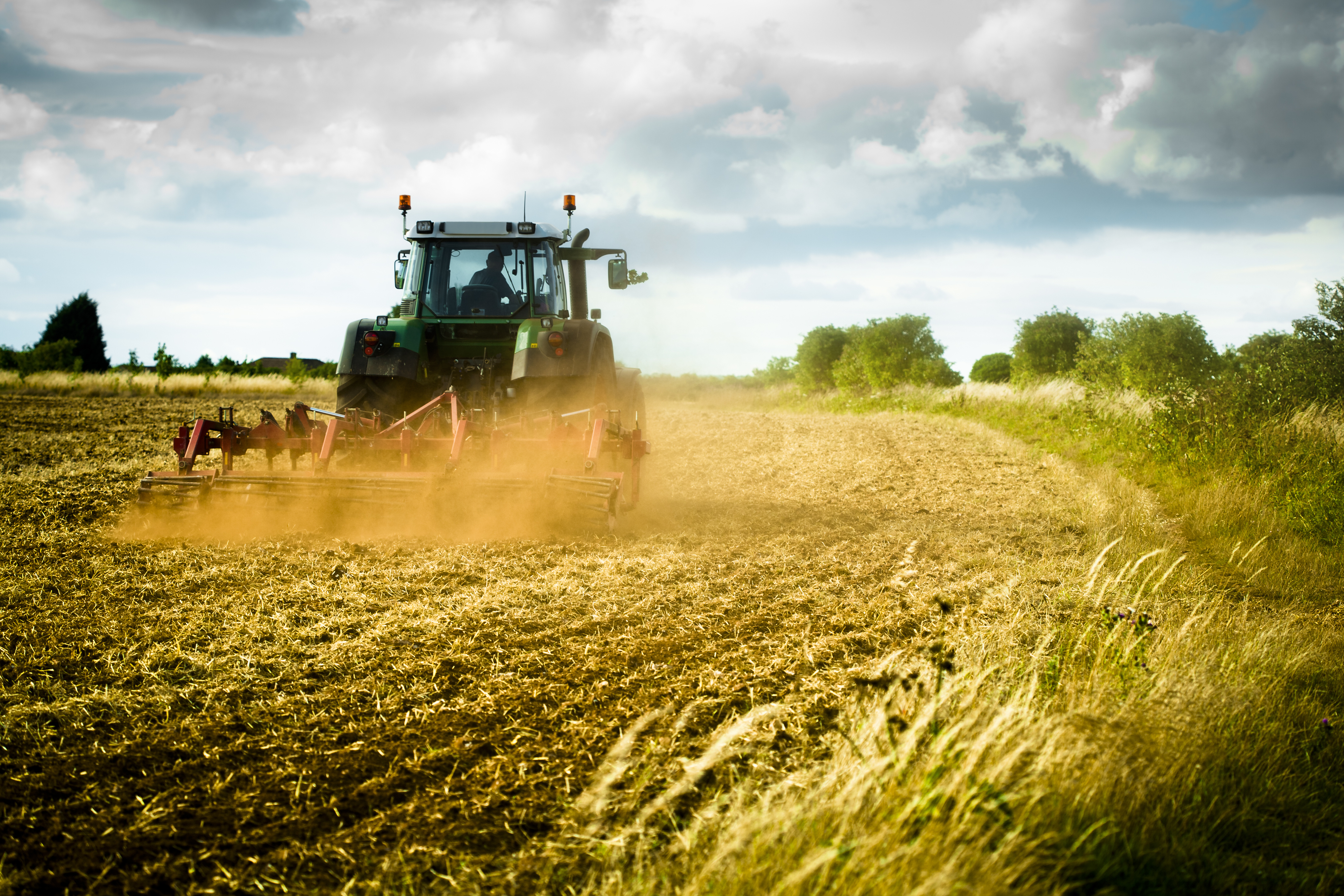
Farm Diversification
Written by Nicholas White, the Growth Hub’s Agriculture and Farming Specialist.
My first job with the North Yorkshire County Council was as their Agricultural Diversification Officer. This was at a time, in the late 1990’s, when farming was under the greatest pressure arising from the drive to reduce surplus production, being stored under the Common Agriculture Policy of the time. Remember butter/beef mountains and milk/wine lakes?
I had written a thesis, whilst at Durham University, on how farmers might reconfigure food supply chains to encapsulate a greater proportion of the final consumer price, within Farmer Controlled Businesses. The concept was based on a range of branded meal products, using local produce, available in full-service restaurants, as ready meals, or as ingredient packs for home preparation.
Whilst many farmer entrepreneurs have taken this forward into successful diversification enterprises, it has also come about through the conventional food sector in the form of “Just Eat” and “Deliveroo”.
According to DEFRA, 71% of farm businesses in 2023/24 have some form of diversified activity, up from 61% in 2014/15.
Income from these activities produced £1.393 billion in 23/24, up from £1.321 in the previous year. This demonstrates how important these income streams have become.
I have found that most successful diversification enterprises are based on the experience of individuals within the business, coupled with an enthusiasm for the business idea and follow a logical sequence from initial idea to implementation. This will include use of available facilities, labour and market prospects.
According to Andersons Farm Business Consultants, the following checklist will help guide would be diversifiers to develop ultimately a successful enterprise, which can become the main enterprise over time, with the farm being a supplier or just a backdrop, or good location.
1. Clarify your objectives.
- Is it just additional income?
- Will it help spread risk?
- Will it make use of redundant buildings or under used parcels of land?
- Will it help create succession opportunities or a means of keeping family members within the main business?
- Ensure any new venture will not adversely impact your main business and is aligned with your wider aims.
2. Take stock of your resources.
- Have you the facilities and capacity to develop the enterprise?
- Have you the capital resources to cover setting up and developing an enterprise without too much risk?
- Have those running the enterprise the necessary skills, including possibly customer skills?
- Buildings, can they be repurposed at reasonable cost?
3. Understand the legal and operational requirements.
- Will you need planning consent?
- Environmental regulations, will they apply?
- Health and Safety, important for public facing activities.
- Tax implications, VAT etc. consult your accountant and solicitor for advice.
4. Budgeting.
- Develop a realistic business plan and cashflow.
- Understand your breakeven point.
- Look at your price point, will you be competitive?
5. Impact on your farming business. Diversification should support your main business, not undermine it.
- The time element, have you the staff resources to cover an ancillary business all through the season?
- Will there be additional training needs?
- Consider whether you are a “people person”. It is very different to sending your produce away in a tanker, on a lorry to the mart or your grain to a co-operative to having to sell a service of items face to face with your customers, in all their forms.
- Identify any synergies with your core business.
6. Plan for the long term. Successful diversifications enterprises are not a quick fix.
- Your plan needs to allow for growth and change.
- Exit routes, if the venture no longer fits.
- Succession, will the next generation want and be able to run it?
If you are considering a diversification enterprise, please get in touch for advice.

Nicholas White
Business Relationship Manager
I specialise in Agriculture and Farming. Talk to me if your business is based in Richmondshire.
Farm Diversification: Where to start
According to DEFRA, 71% of farm businesses in 2023/24 have some form of diversified activity, up from 61% in 2014/15. Income from these activities produced £1.393 billion in 23/24, up from £1.321 in the previous year. This demonstrates how important these income streams have become.
